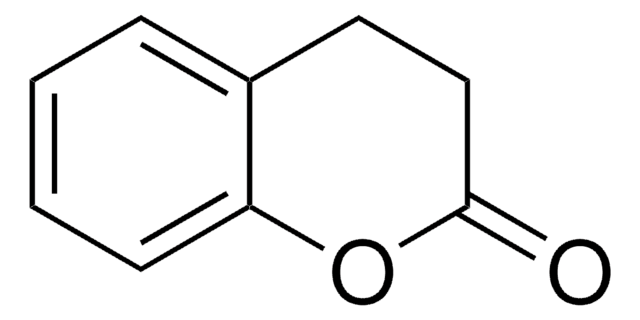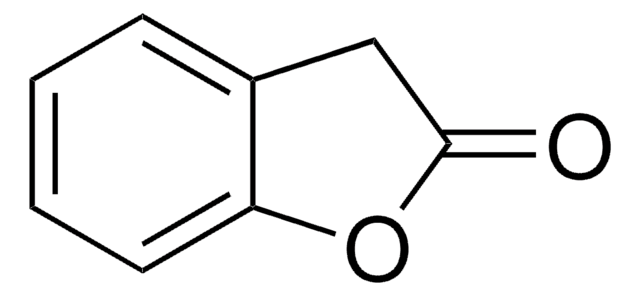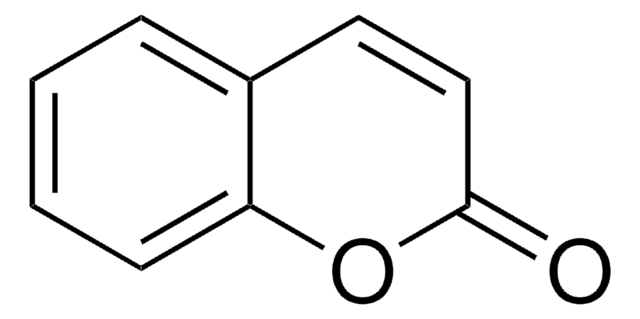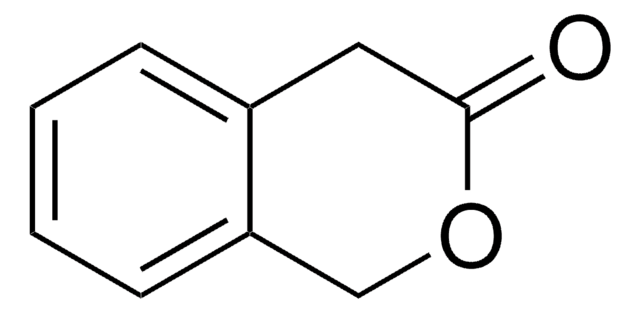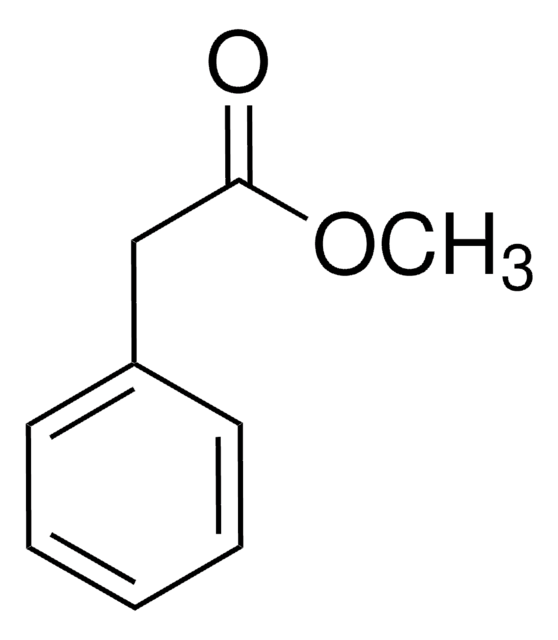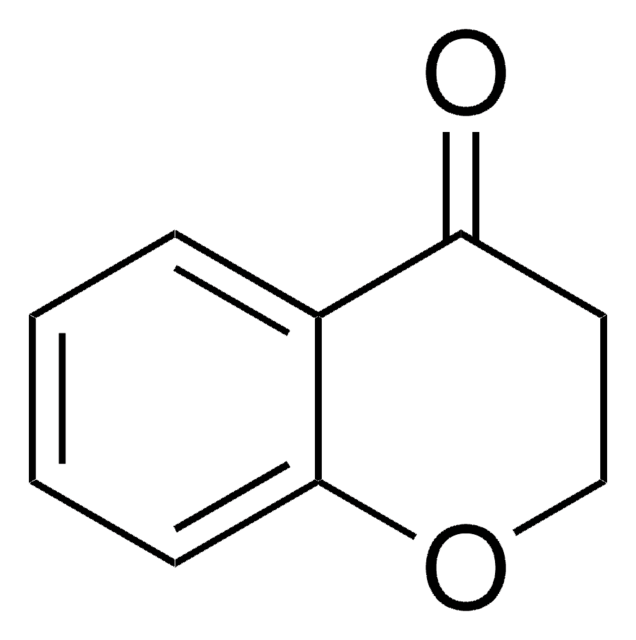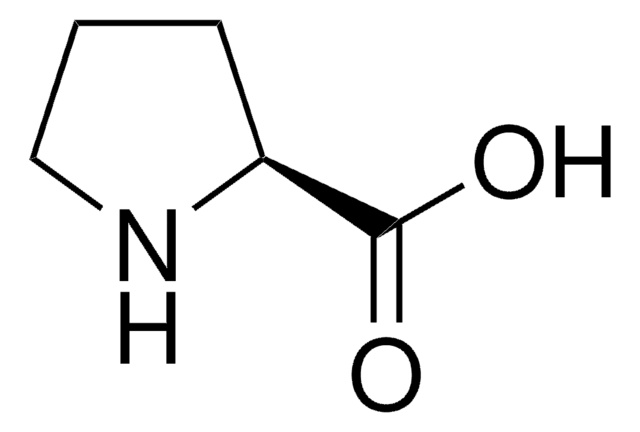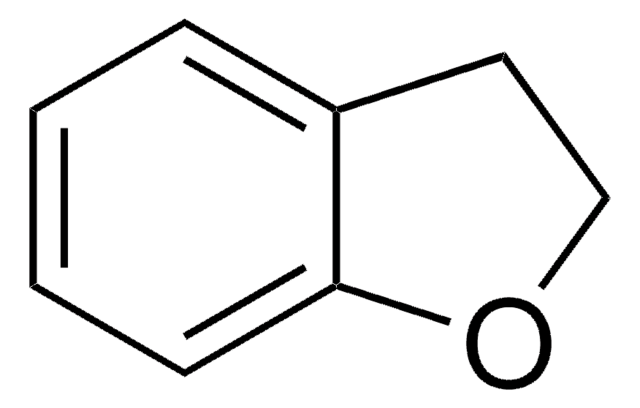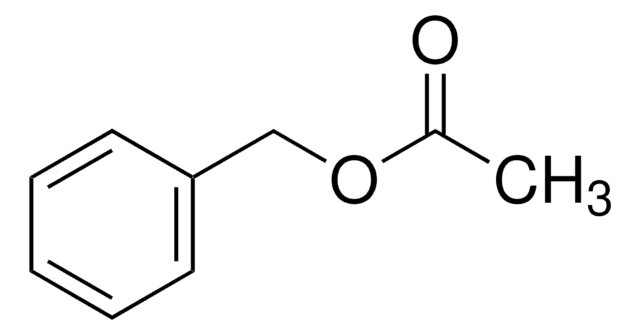W238104
Dihydrocoumarin
≥99%, FCC, FG
Synonym(s):
3,4-Dihydro-1-benzopyran-2-one, Benzodihydropyrone, Hydrocoumarin
About This Item
Recommended Products
biological source
synthetic
Quality Level
grade
FG
Halal
Kosher
agency
meets purity specifications of JECFA
reg. compliance
EU Regulation 1334/2008 & 178/2002
FCC
FDA 21 CFR 117
assay
≥99%
refractive index
n20/D 1.556 (lit.)
bp
272 °C (lit.)
mp
24-25 °C (lit.)
density
1.169 g/mL at 25 °C (lit.)
application(s)
flavors and fragrances
documentation
see Safety & Documentation for available documents
food allergen
no known allergens
organoleptic
coconut; coumarin; sweet
SMILES string
O=C1CCc2ccccc2O1
InChI
1S/C9H8O2/c10-9-6-5-7-3-1-2-4-8(7)11-9/h1-4H,5-6H2
InChI key
VMUXSMXIQBNMGZ-UHFFFAOYSA-N
Looking for similar products? Visit Product Comparison Guide
Related Categories
General description
Application
- Novel Dihydrocoumarins Induced by Radiolysis as Potent Tyrosinase Inhibitors.: This research identifies new dihydrocoumarins produced through radiolysis, demonstrating their potential as effective tyrosinase inhibitors, which could have significant applications in dermatology and related fields (Jeong et al., 2024). (Jeong et al., 2024).
Biochem/physiol Actions
Other Notes
signalword
Warning
hcodes
Hazard Classifications
Acute Tox. 4 Oral - Skin Sens. 1
Storage Class
10 - Combustible liquids
wgk_germany
WGK 1
flash_point_f
212.0 °F
flash_point_c
> 100 °C
ppe
Eyeshields, Faceshields, Gloves, type ABEK (EN14387) respirator filter
Certificates of Analysis (COA)
Search for Certificates of Analysis (COA) by entering the products Lot/Batch Number. Lot and Batch Numbers can be found on a product’s label following the words ‘Lot’ or ‘Batch’.
Already Own This Product?
Find documentation for the products that you have recently purchased in the Document Library.
Customers Also Viewed
Our team of scientists has experience in all areas of research including Life Science, Material Science, Chemical Synthesis, Chromatography, Analytical and many others.
Contact Technical Service